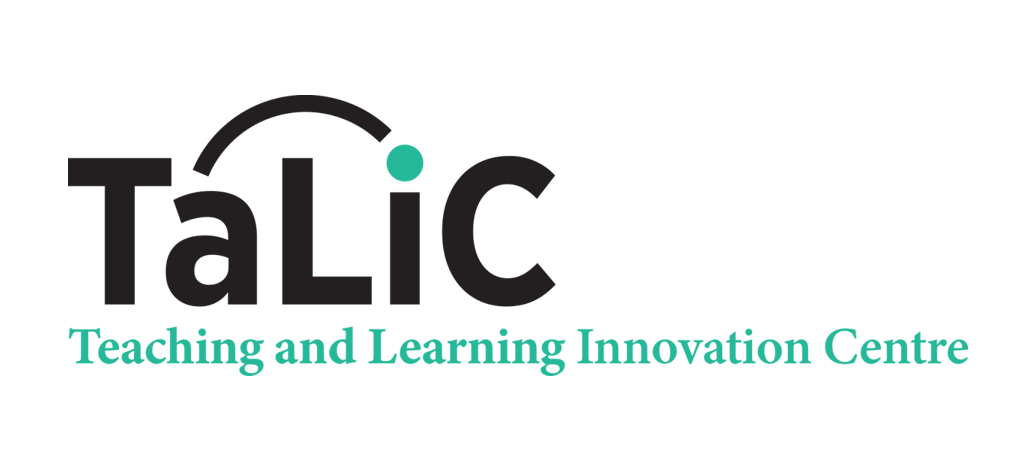The development of core principles on the use of AI for teaching and learning is essential to ensure that this technology is used in an effective and responsible way. AI has the potential to revolutionize education, but it can also be used in ways that harm students and reinforce inequality. By developing core principles, educators can ensure that AI is used to enhance learning. These principles can also ensure the use of AI is transparent and accountable.
1. Access
AI should be accessible to all learners regardless of their background and abilities. This means that efforts should be made to ensure that AI tools and resources are available and affordable to everyone, and that they are designed in a way that is easy to use and understand.
2. Security
AI systems should be designed with security in mind, with appropriate measures in place to protect data and prevent unauthorized access or misuse. This includes ensuring that user data is encrypted and stored securely, and that access to AI systems is restricted to authorized users only.
3. Integrity
Teachers can establish guidelines and policies that require students to disclose the use of generative AI in their work. Additionally, teachers can employ plagiarism detection software that is capable of detecting content generated by AI, and educate students on the importance of maintaining ethical standards in scholarship.
4. Literacy
People need effectively collaborate with AI and critically evaluate AI. AI competencies are needed to effectively and ethically transform the way that we work, teach and study. Users need to ask questions, challenge assumptions, and seek out additional information when using AI.
5. Pedagogy
AI should be used to support, not replace, traditional teaching methods. This means that AI systems should be designed to complement existing teaching methods, and that they should be used in conjunction with other teaching resources and strategies.
6. Assessment
AI technologies could be introduced to support the assessment and evaluation of learning outcomes. In other words, AIs could help teachers to identify areas where learners may need additional support or resources. Meanwhile, teachers could design authenatic assessments that could not be answered by AIs directly.




